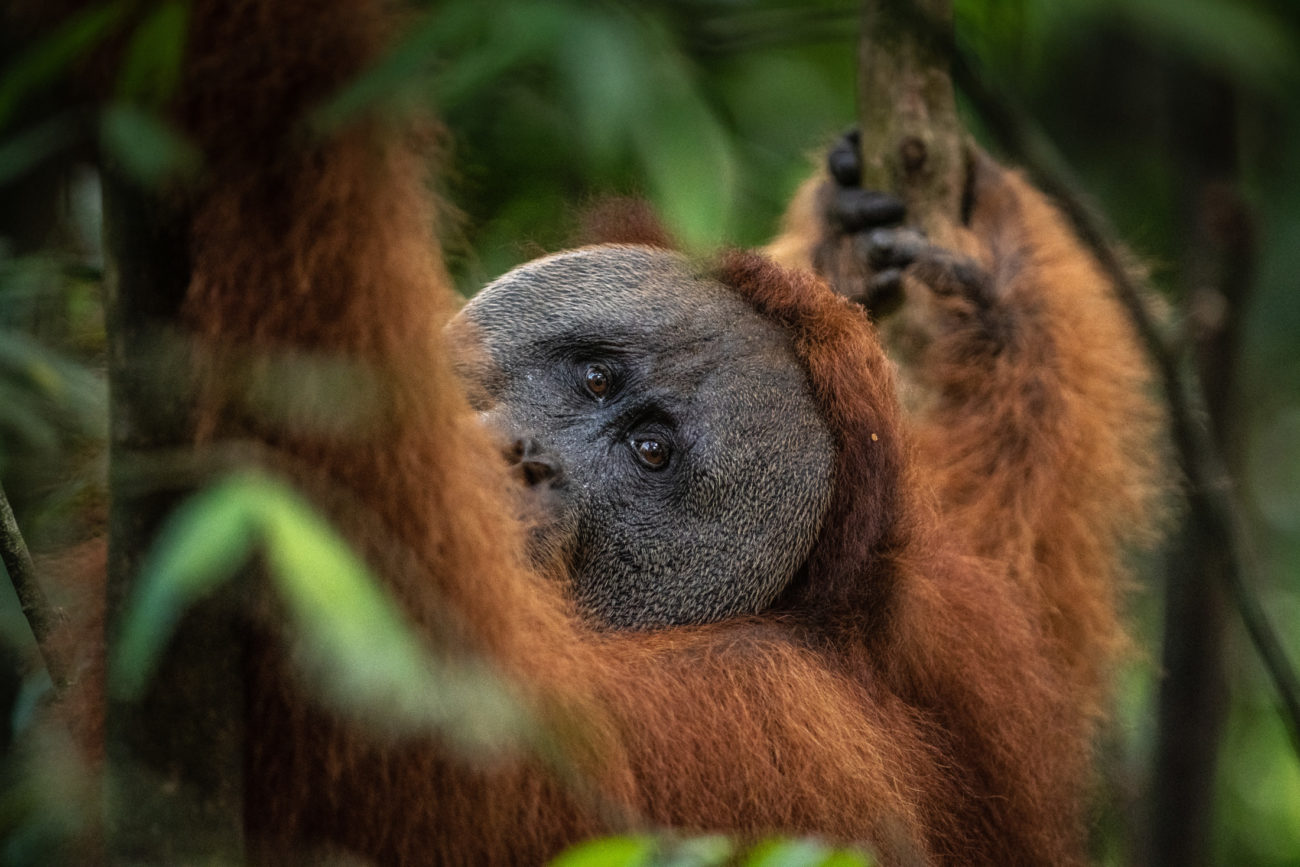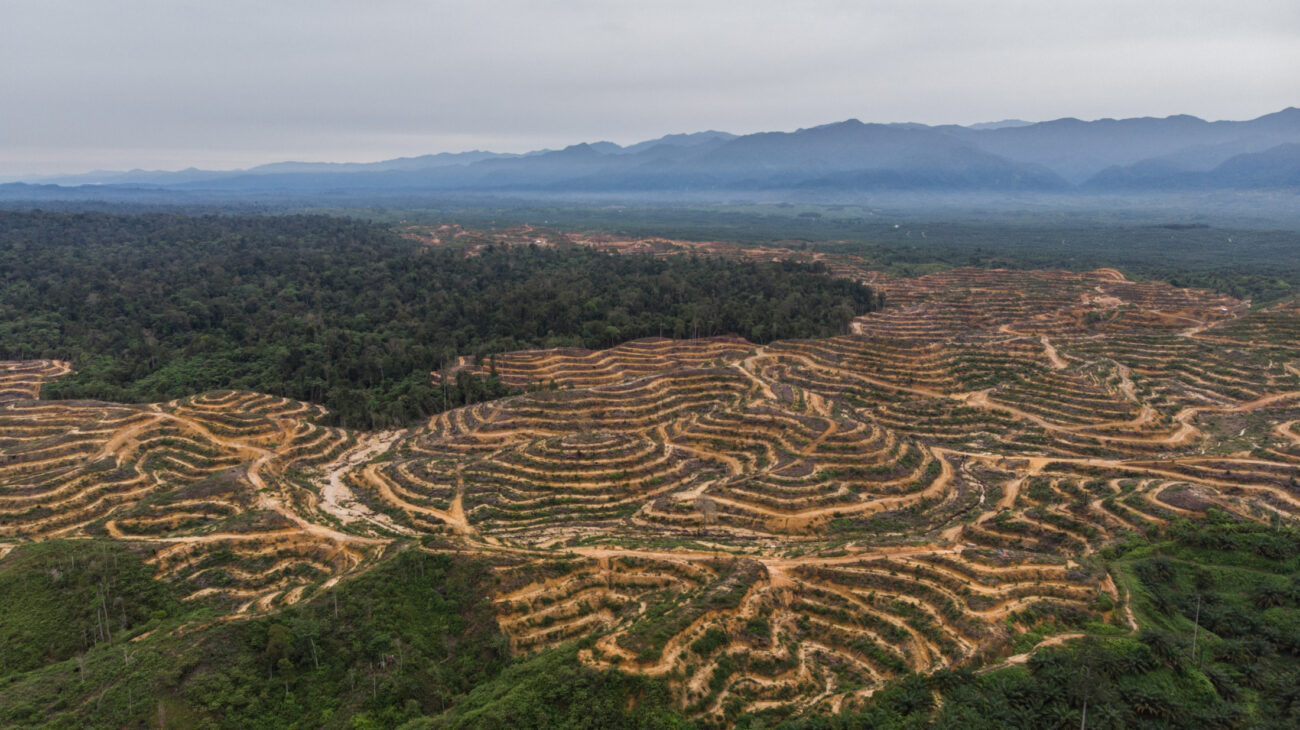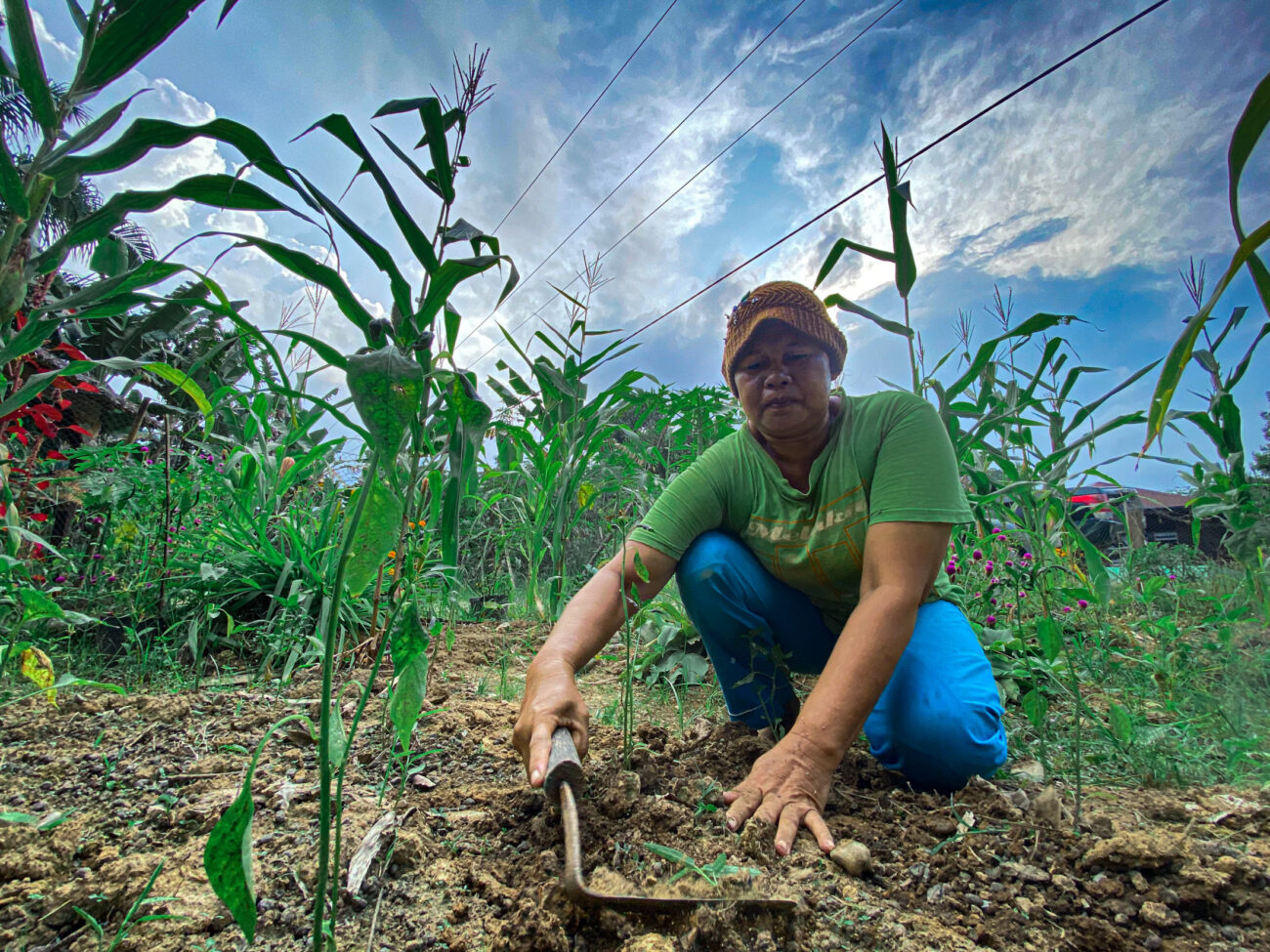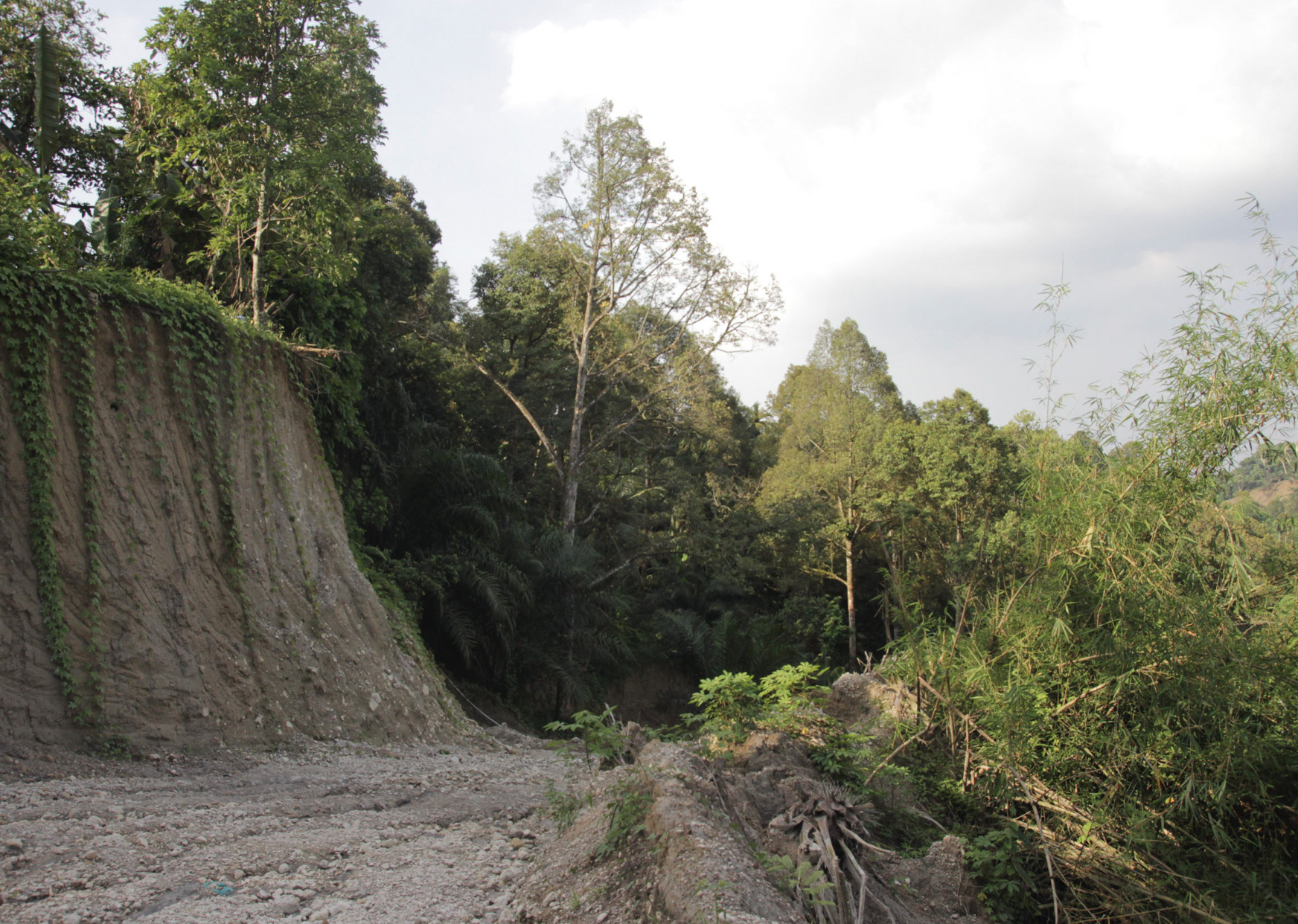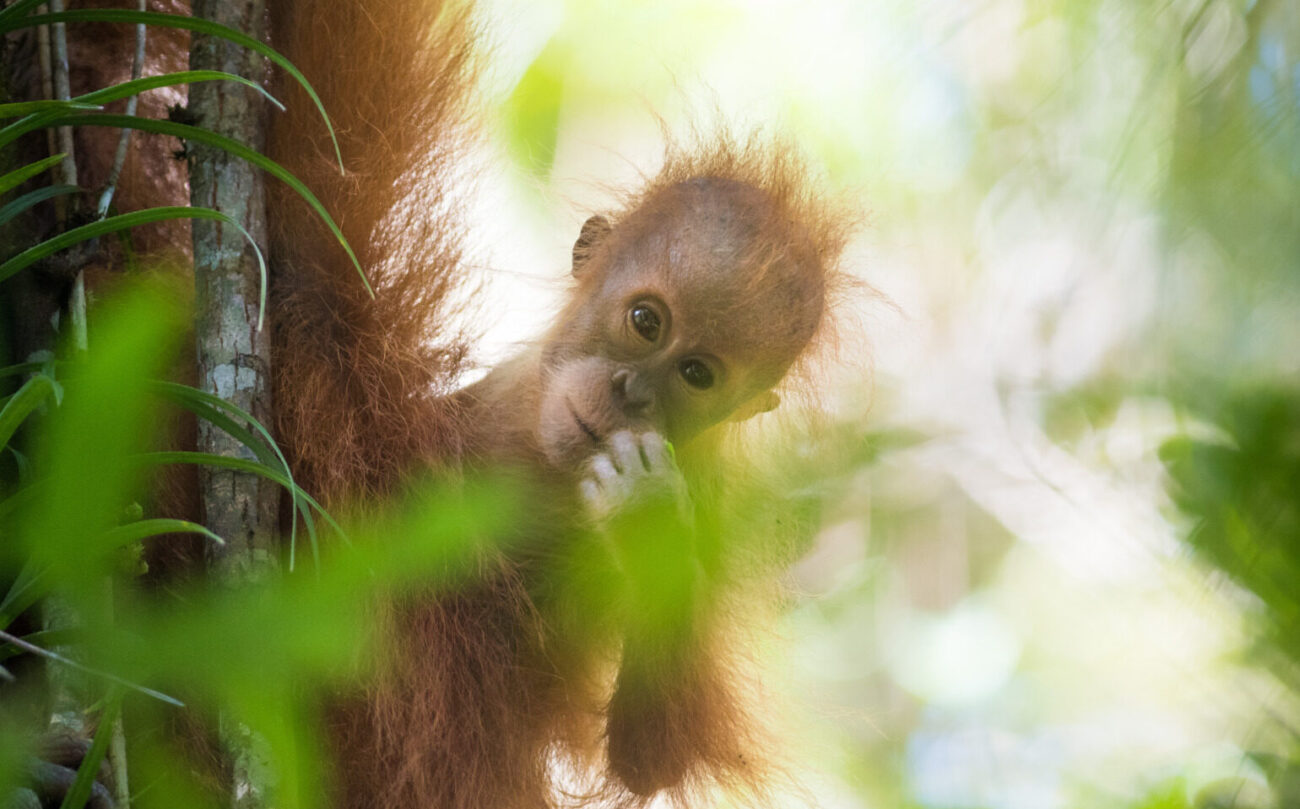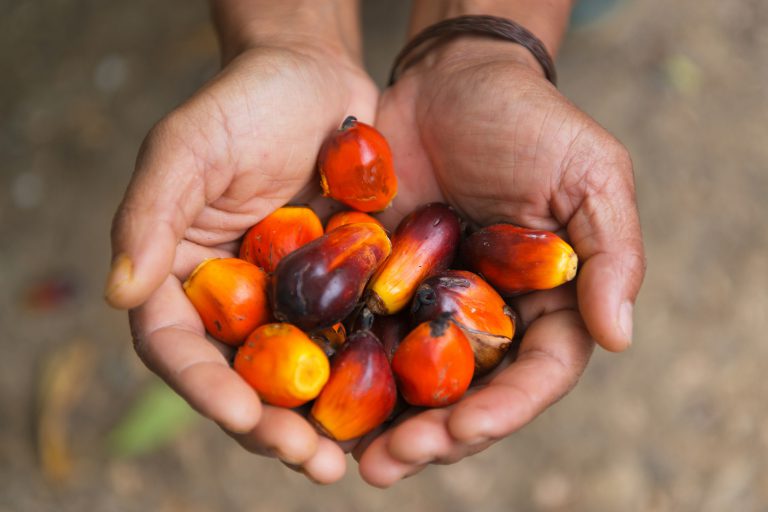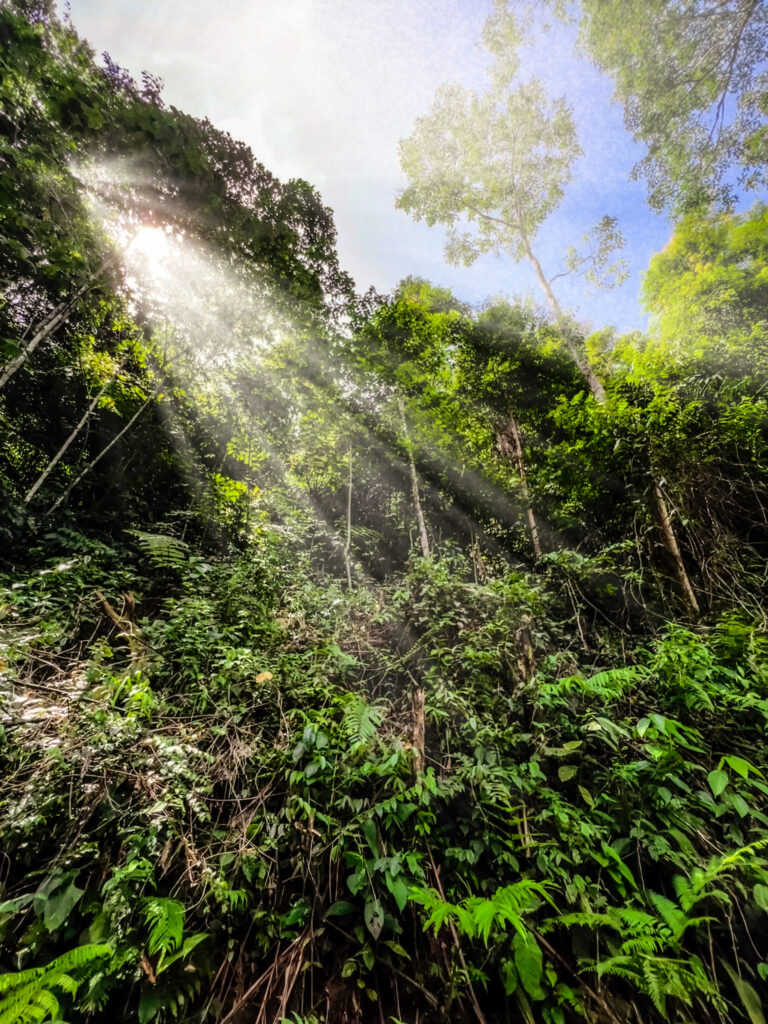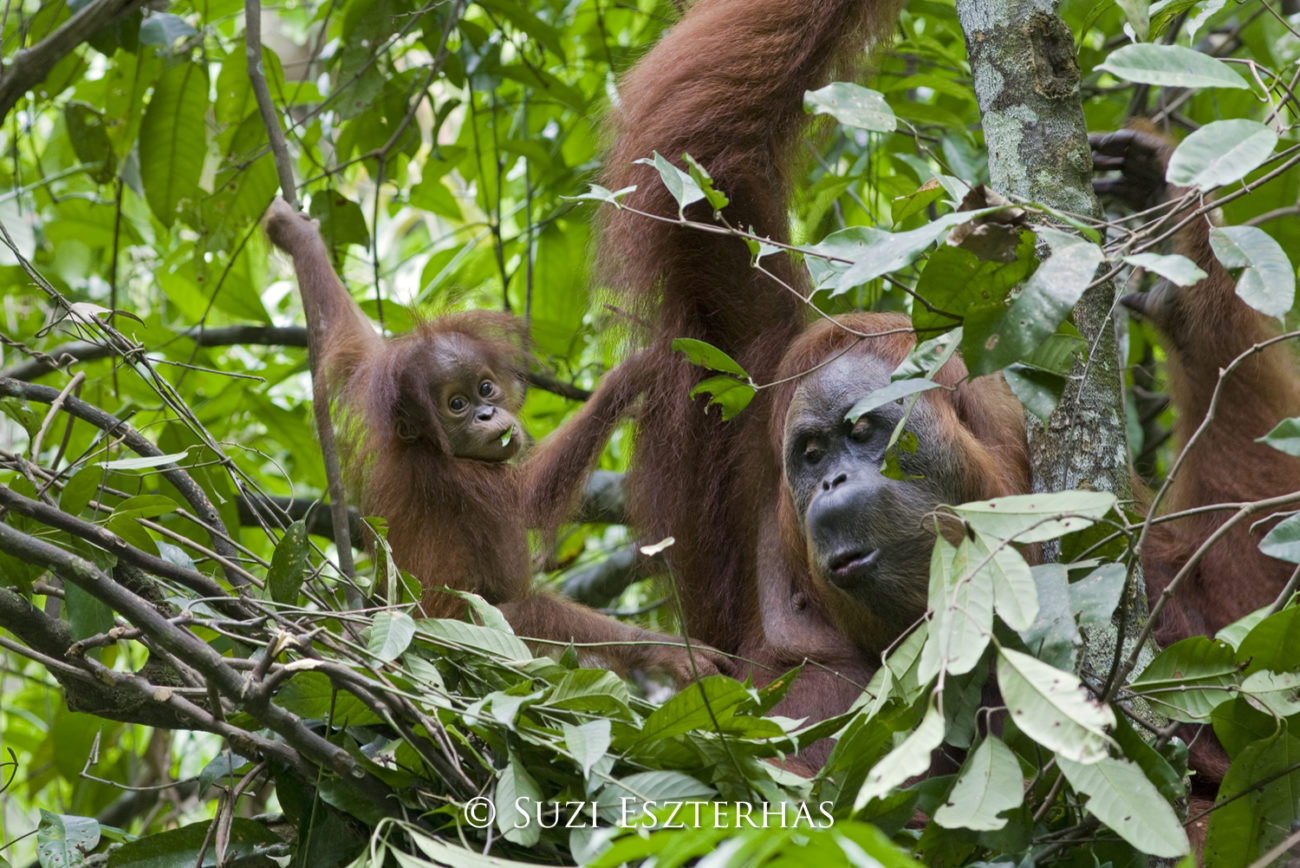Orangutans Today
Fewer than 14,000 Sumatran orangutans and 800 Tapanuli orangutans remain in the wild. Both species are classified as Critically Endangered, with the Tapanuli orangutan considered the most endangered great ape in the world.
Orangutans can live for over 40 years, but an average female will have only three offspring in her lifetime. This makes them extremely vulnerable to disturbances and slow to recover from reduced population levels. They need large areas of connected habitat to find sufficient food throughout the year for a population big enough to maintain genetic diversity.
On Sumatra, orangutans face a range of constraints primarily involving restriction and fragmentation of their habitat. These limitations need to be addressed with innovative and locally-sensitive approaches to give these animals the opportunity to thrive in extensive areas of habitat, while providing forest-edge communities with a broad range of opportunities for socio-economic development.
